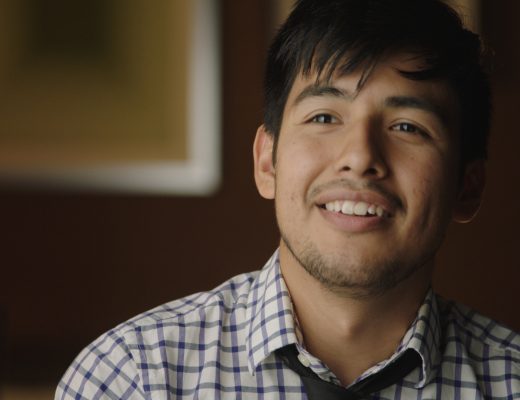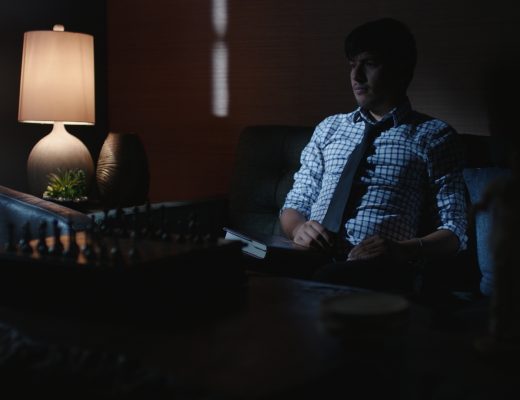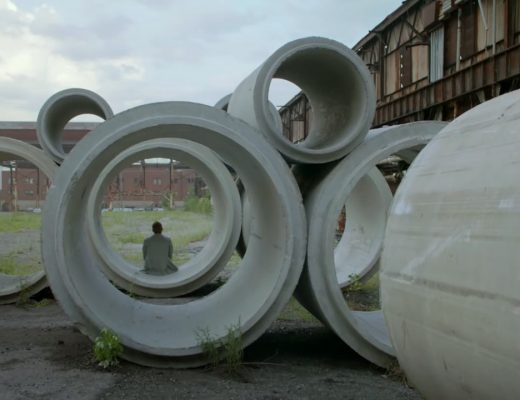
This industry is full of little tricks that, when properly employed, can make us all look like inhumanly fast calculating machines. This formula is one of those tricks.
I learned this formula in my junior year of film school, and it’s one of those things I’ve never forgotten because it’s been so damned useful. It is:
At 100 ASA/ISO/EI, a 180 degree shutter and 24fps, a film stock (or camera) needs 100fc of light for a decently exposed stop of T2.8.
The components are:
ISO, 180 shutter, 100fc, 24fps, T2.8.
A friend called me up the other day and asked me how much light he’d need to shoot a 1500fps shot with a Phantom Flex at T4. I pulled out my iPhone and tried to use a common lighting calculator to figure out the answer but it choked, so I pulled this formula out of my deep memory and did the calculations in my head. It was fairly easy, and I’ll bet you can do it too.
Nearly everything about photography revolves around doubles and halves, which makes this kind of calculation fairly easy to do. I know that the Phantom Flex’s manufacturer-recommended ISO is 800, so I go through the following steps:
First, I need to adjust the ISO to 800 from 100:
ISO 100, 180 shutter, 24fps, 100fc, T2.8 ->
ISO 200, 180 shutter, 24fps, 50fc, T2.8 ->
ISO 400, 180 shutter, 24fps, 25fc, T2.8 ->
ISO 800, 180 shutter, 24fps, 12.5fc, T2.8.
For each step I multiplied the ISO by two and divided the foot-candles by two, because a camera that is twice as sensitive needs half the light for the same stop. ISO 100 = 100fc, ISO 200 = 50fc, ISO 400 = 25fc, so ISO 800 = 12.5fc.
Now I need to find the proper number of foot-candles for 1500fps. I start where I left off, at 24fps and ISO 800:
ISO 800, 180 shutter, 24fps, 12.5fc, T2.8 ->
ISO 800, 180 shutter, 48fps, 25fc, T2.8 ->
ISO 800, 180 shutter, 96fps, 50fc, T2.8 ->
Every time I double the fps I need to double the light for the same exposure.
Now I’m going to round up the fps a bit because, remember, we’re doing this in our heads:
ISO 800, 180 shutter, 200fps, 100fc, T2.8 ->
ISO 800, 180 shutter, 400fps, 200fc, T2.8 ->
ISO 800, 180 shutter, 800fps, 400fc, T2.8 ->
ISO 800, 180 shutter, 1600fps, 800fc, T2.8.
The last step is to get to T4, so I start where I left off:
ISO 800, 180 shutter, 1600fps, 800fc, T2.8 ->
ISO 800, 180 shutter, 1600fps, 1600fc, T4.
Closing down from T2.8 to T4 reduces the light coming through the lens by half, so I need to double the number of foot-candles to keep the same amount of light hitting the sensor/film.
As one can turn a digital camera’s shutter effectively off (I think the Phantom will let you shoot with a 357 degree shutter, where 360 is completely disengaged), it’s handy to know that in a pinch you can shoot at T4 with 800fc with a little bit more motion blur. (1/800th of a second is a pretty fast shutter speed at 800fps, but you may still see motion blur on fast moving objects.)
I don’t generally light using foot-candles, and I rarely expose at “key,” but knowing this formula gives me a rough idea of how much light I need. From here I can choose lights, diffusion, etc., all based on resources easily found on the web or an iPhone.
The formula may look a little complicated but if you can solve for each step individually (in this case first finding the number of foot-candles for the proper ISO, then solving for the speed change, then solving for the stop) it’s fairly easy to do this without writing anything down. The tricky part is not losing your place.
Art Adams is a DP who appears smarter than he really is, partially due to formulas like this one. His website is at www.artadamsdp.com.

Filmtools
Filmmakers go-to destination for pre-production, production & post production equipment!
Shop Now













